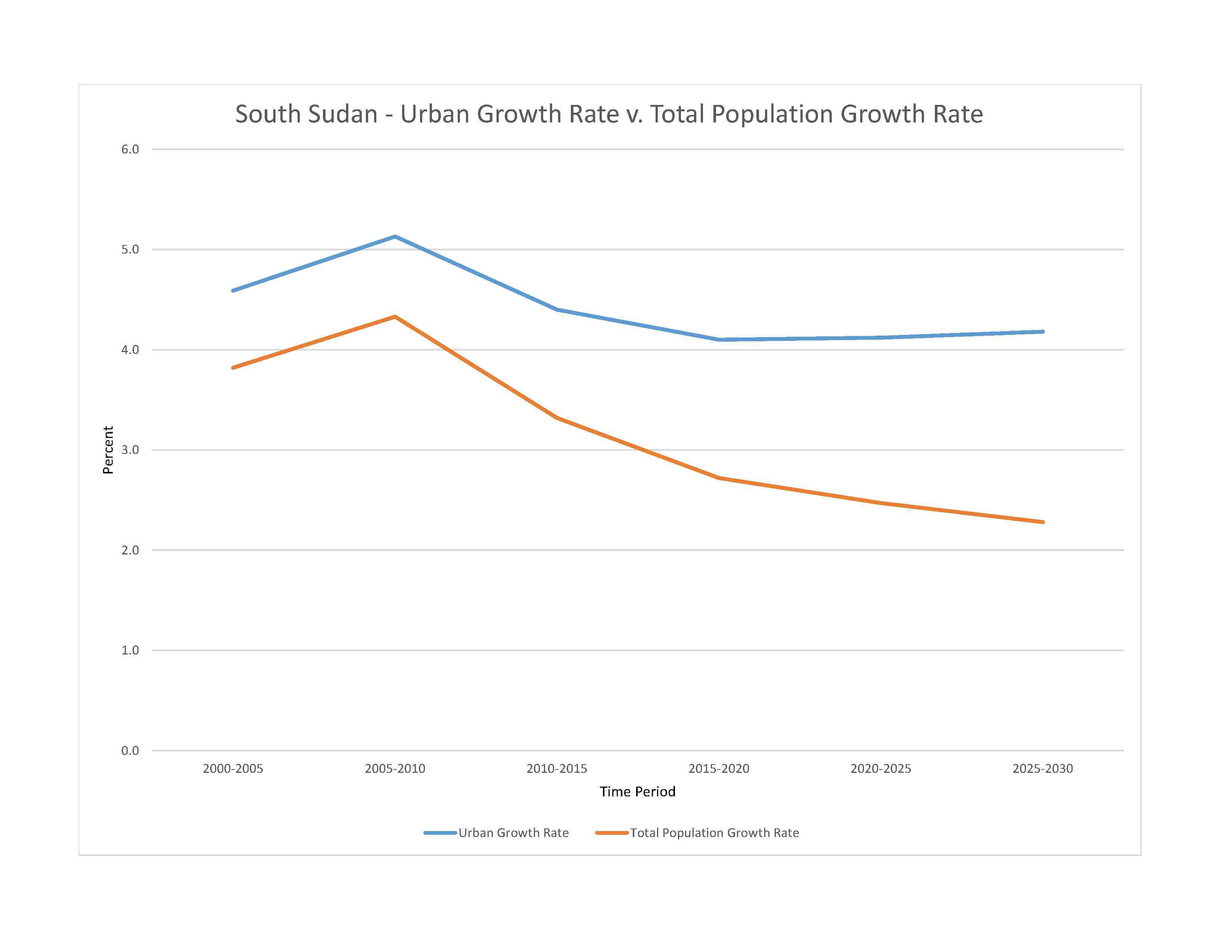
12,118,379 (2023 est.)
noun: South Sudanese (singular and plural)
adjective: South Sudanese
Dinka (Jieng) approximately 35-40%, Nuer (Naath) approximately 15%, Shilluk (Chollo), Azande, Bari, Kakwa, Kuku, Murle, Mandari, Didinga, Ndogo, Bviri, Lndi, Anuak, Bongo, Lango, Dungotona, Acholi, Baka, Fertit (2011 est.)
note: Figures are estimations due to population changes during South Sudan's civil war and the lack of updated demographic studies
English (official), Arabic (includes Juba and Sudanese variants), ethnic languages include Dinka, Nuer, Bari, Zande, Shilluk
major-language sample(s):
The World Factbook, the indispensable source for basic information. (English)
كتاب حقائق العالم، المصدر الذي لا يمكن الاستغناء عنه للمعلومات الأساسية (Arabic)
Arabic audio sample:
Christian 60.5%, folk religion 32.9%, Muslim 6.2%, other
South Sudan, independent from Sudan since July 2011 after decades of civil war, is one of the world’s poorest countries and ranks among the lowest in many socioeconomic categories. Problems are exacerbated by ongoing tensions with Sudan over oil revenues and land borders, fighting between government forces and rebel groups, and inter-communal violence. Most of the population lives off of farming, while smaller numbers rely on animal husbandry; abput 80% of the populace lives in rural areas. The maternal mortality rate is among the world’s highest for a variety of reasons, including a shortage of health care workers, facilities, and supplies; poor roads and a lack of transport; and cultural beliefs that prevent women from seeking obstetric care. Most women marry and start having children early, giving birth at home with the assistance of traditional birth attendants, who are unable to handle complications.
Educational attainment is extremely poor due to the lack of schools, qualified teachers, and materials. Only one-third of the population is literate (the rate is even lower among women), and half live below the poverty line. Teachers and students are also struggling with the switch from Arabic to English as the language of instruction. Many adults missed out on schooling because of warfare and displacement.
More than 2 million South Sudanese have sought refuge in neighboring countries since the current conflict began in December 2013. Another 2.2 million South Sudanese are internally displaced as of October 2022. Despite South Sudan’s instability and lack of infrastructure and social services, more than 275,000 people had fled to South Sudan to escape fighting in Sudan as of December 2022.
0-14 years: 41.93% (male 2,591,637/female 2,490,026)
15-64 years: 55.48% (male 3,426,822/female 3,296,113)
65 years and over: 2.59% (2023 est.) (male 174,080/female 139,701)
total dependency ratio: 80.8
youth dependency ratio: 74.7
elderly dependency ratio: 6.1
potential support ratio: 18.4 (2021 est.)
total: 18.7 years (2023 est.)
male: 18.7 years
female: 18.6 years
4.78% (2023 est.)
37.1 births/1,000 population (2023 est.)
9.2 deaths/1,000 population (2023 est.)
20 migrant(s)/1,000 population (2023 est.)
clusters found in urban areas, particularly in the western interior and around the White Nile as shown in this 
urban population: 21.2% of total population (2023)
rate of urbanization: 4.12% annual rate of change (2020-25 est.)

459,000 JUBA (capital) (2023)
at birth: 1.05 male(s)/female
0-14 years: 1.04 male(s)/female
15-64 years: 1.04 male(s)/female
65 years and over: 1.25 male(s)/female
total population: 1.05 male(s)/female (2023 est.)
1,223 deaths/100,000 live births (2020 est.)
total: 61.6 deaths/1,000 live births (2023 est.)
male: 67.4 deaths/1,000 live births
female: 55.6 deaths/1,000 live births
total population: 59.7 years (2023 est.)
male: 57.9 years
female: 61.6 years
5.2 children born/woman (2023 est.)
2.54 (2023 est.)
N/A
improved: urban: 88.7% of population
rural: 75.8% of population
total: 78.4% of population
unimproved: urban: 11.3% of population
rural: 24.2% of population
total: 21.6% of population (2020 est.)
5.3% of GDP (2020)
(2018)
improved: urban: 60.6% of population
rural: 15.5% of population
total: 24.6% of population
unimproved: urban: 39.4% of population
rural: 84.5% of population
total: 75.4% of population (2020 est.)
degree of risk: very high (2023)
food or waterborne diseases: bacterial and protozoal diarrhea, hepatitis A and E, and typhoid fever
vectorborne diseases: malaria, dengue fever, Trypanosomiasis-Gambiense (African sleeping sickness)
water contact diseases: schistosomiasis
animal contact diseases: rabies
respiratory diseases: meningococcal meningitis
6.6% (2014)
N/A
72% (2023 est.)
1.5% of GDP (2016 est.)
definition: age 15 and over can read and write
total population: 34.5%
male: 40.3%
female: 28.9% (2018)
NOTE: The information regarding South Sudan on this page is re-published from the 2024 World Fact Book of the United States Central Intelligence Agency and other sources. No claims are made regarding the accuracy of South Sudan 2024 information contained here. All suggestions for corrections of any errors about South Sudan 2024 should be addressed to the CIA or the source cited on each page.
This page was last modified 04 May 24, Copyright © 2024 ITA all rights reserved.